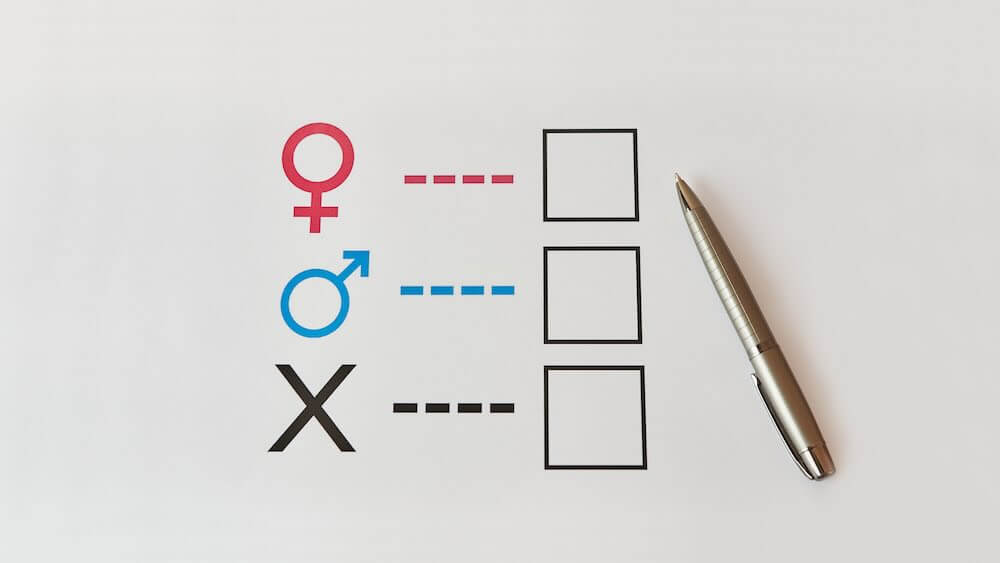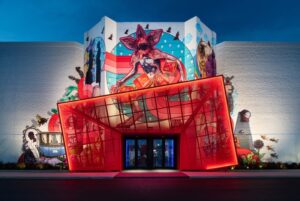


“Diversity isn’t just what we look like or our backgrounds and our ethnicity,” according to LGBT MPA CEO Cameron Curtis.
In late 2023, Cameron Curtis, CMM, CAE, in her capacity as president and chief innovator of C2 Association Strategies, took on the role of CEO of LGBT Meeting Professionals Association (LGBT MPA), and the association has since launched a revised strategic plan and mission.
The biggest change has been a shift in focus from networking events since its founding in 2018 to education and advocating for the LGBTQ+ community, Curtis told Convene. LGBT MPA has been presenting workshops and panel sessions at meetings industry events to help planners “create really inclusive spaces,” she said.
Cameron Curtis
Curtis said she thinks organizations initially had a knee-jerk reaction to increased DEI backlash, “with associations that get government funding in any way, shape, or form” fearful of being targeted. “I think they’re being more thoughtful” in how they talk about DEI now, she said. “Diversity isn’t just what we look like and our backgrounds and our ethnicity. It is diversity of thought, diversity of opinion, diversity of perception. I think a lot of people have shifted to saying, ‘We want to create welcoming events.’ One of the things that we say is, ‘I can say you’re welcome here, but if you step in and you don’t feel like you belong because I haven’t created that space where you really feel that you belong, then you’re missing the whole point of inclusive event design.’”
“Beyond the Binary” has been the theme of LGBT MPA’s sessions and workshops at industry events. One of the case studies presented at a recent PCMA edUcon workshop explored what event organizers can do from an event design perspective in response to the current administration’s recognition of only two genders. “The TSA agents or customs and border agents, they’re going to do whatever they’re going to do,” Curtis said. “If your presenting identity doesn’t match the identity on your passport or your driver’s license, one of the things that we said you can do is to make sure that you have somebody, like a travel support lead, on your team so if one of your attendees has that issue, they’ve got someone who they can reach out to while they’re at the airport” for advice or help.
This information should be communicated in the event messaging, she said, along the lines of: “’If your physical presence or your look doesn’t match your ID, there could be challenges. The gender X marker is not being recognized in the U.S. Here are some things that you need to know in advance.’ I think it’s communicating to any attendees, specifically who identify themselves as non-binary or if you ask the question if they’re transgender, to make sure that they have the most information possible to make them feel more comfortable traveling.
“Ultimately, it’s that person’s choice,” she continued. “I think that’s what it’s all boiling down to, is how do we create that space where you feel physically safe from the moment you arrive to the moment you leave? There are things there that are beyond our control. Government agencies, we can’t control that, but it might be [a matter of talking] with your DMO. They probably have contacts at the airport and maybe there’s a resource at the airport that you can provide to your attendees. Then, constantly update that information because, as we know, things are changing.”
In the end, Curtis said, “We just really want people to feel safe and to have a good experience because meetings are about bringing people together and sparking that next innovative idea. I always say it might be the next cure for cancer or it could be the next concrete that prevents damage from earthquakes or a new drought-resistant grass that is actually good for the environment — that’s what it’s about. We just want people to feel safe enough to do that.”
Michelle Russell is editor in chief of Convene








